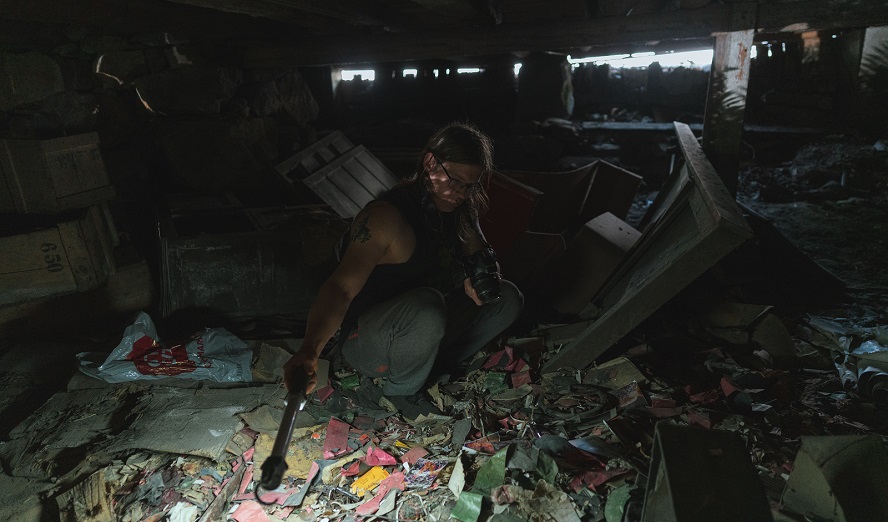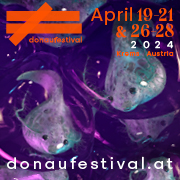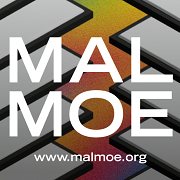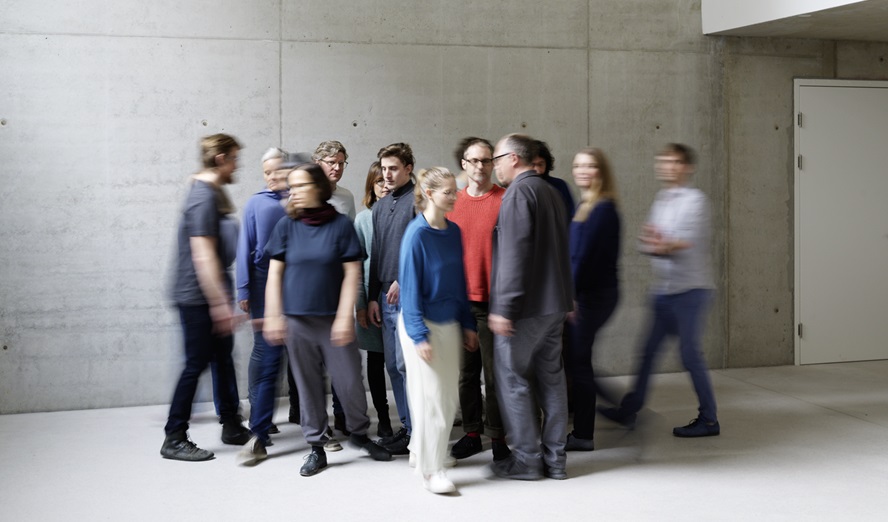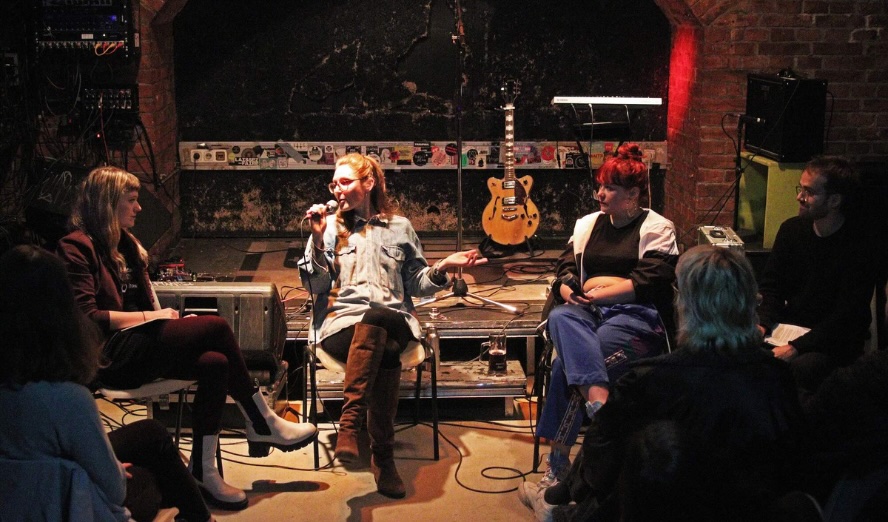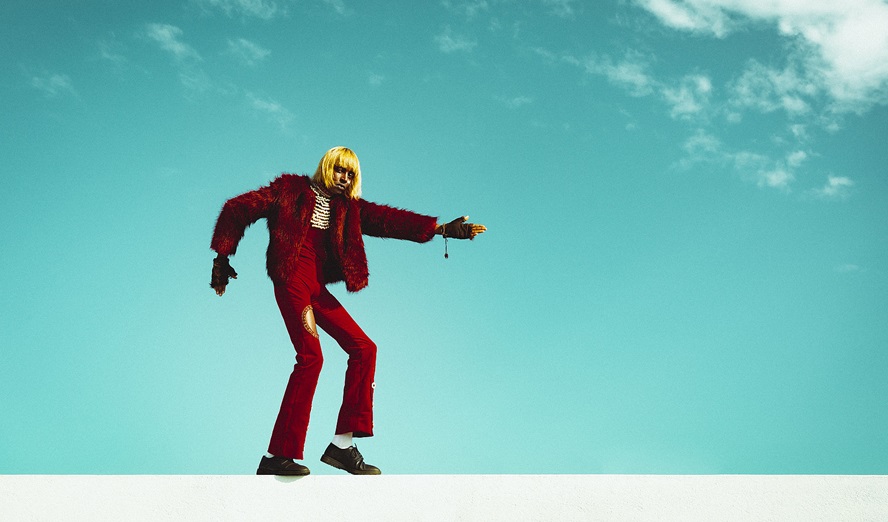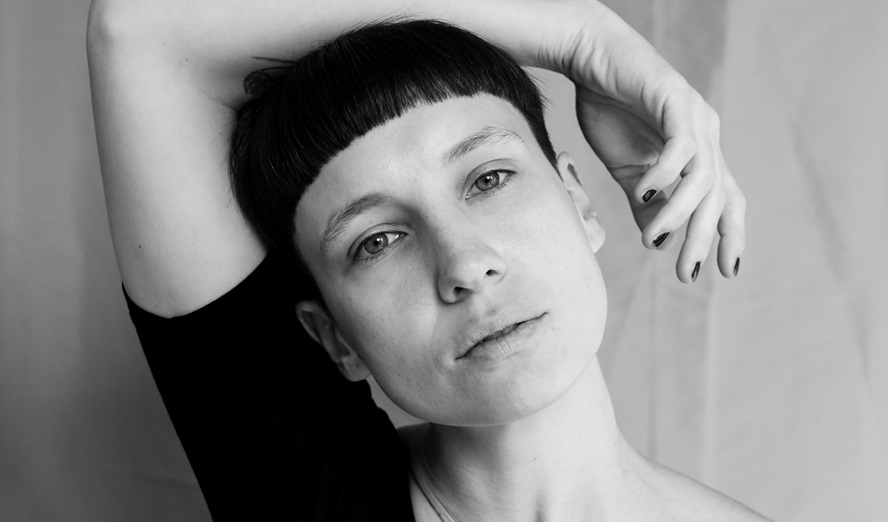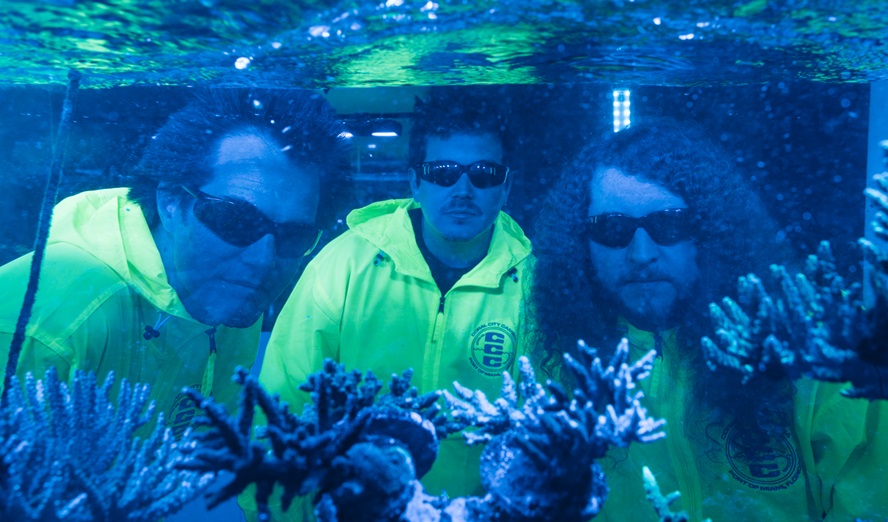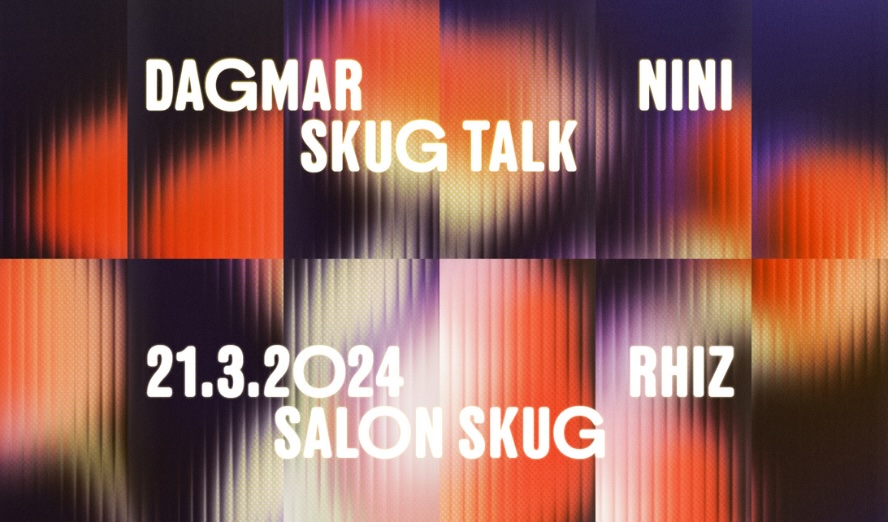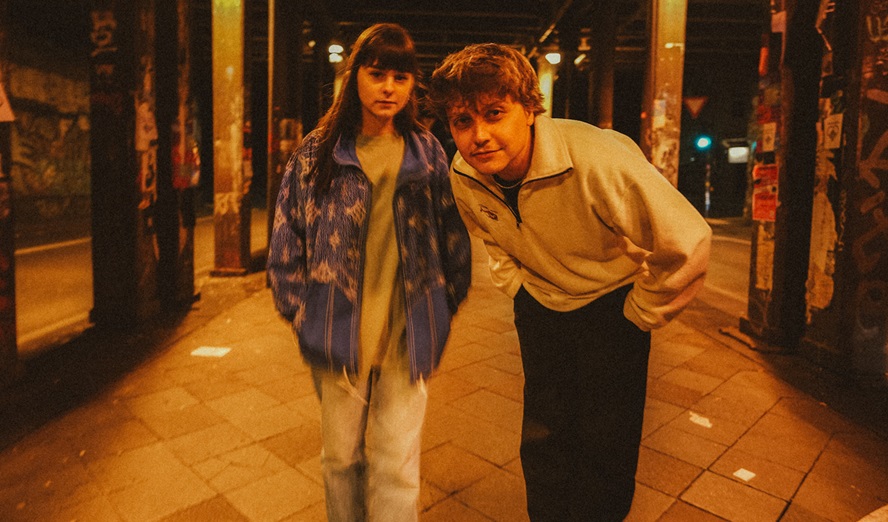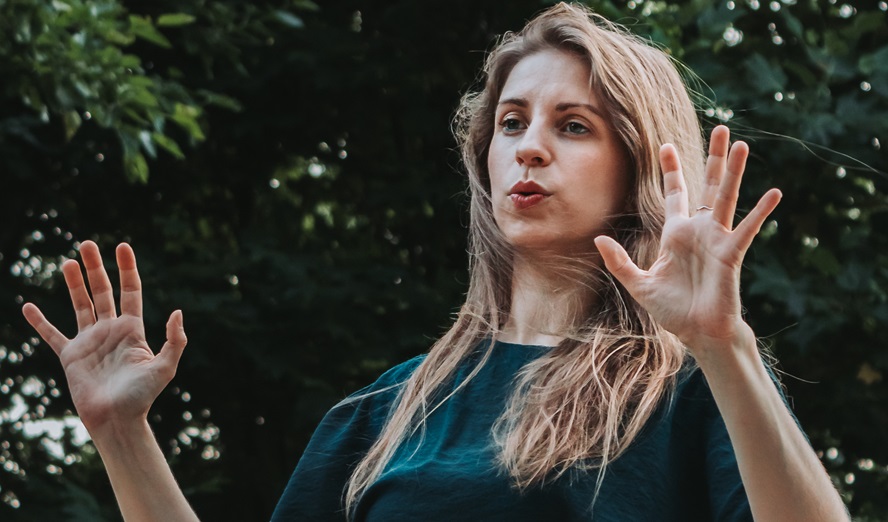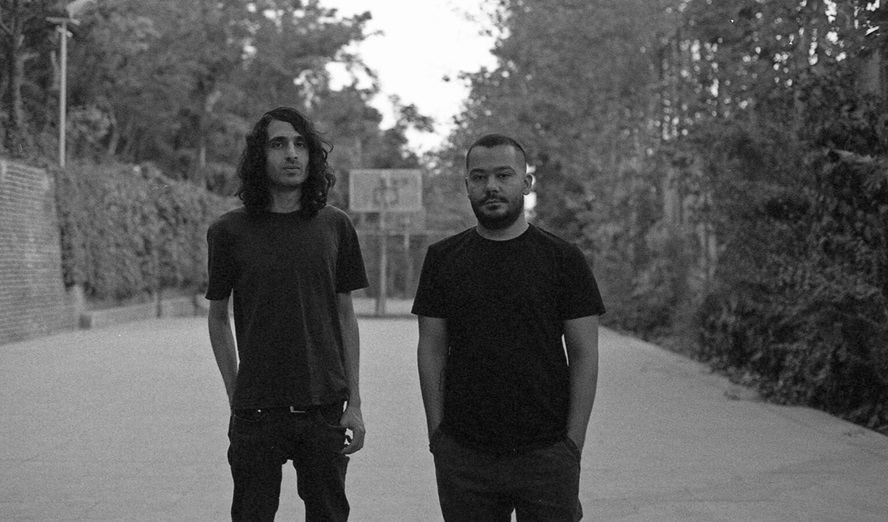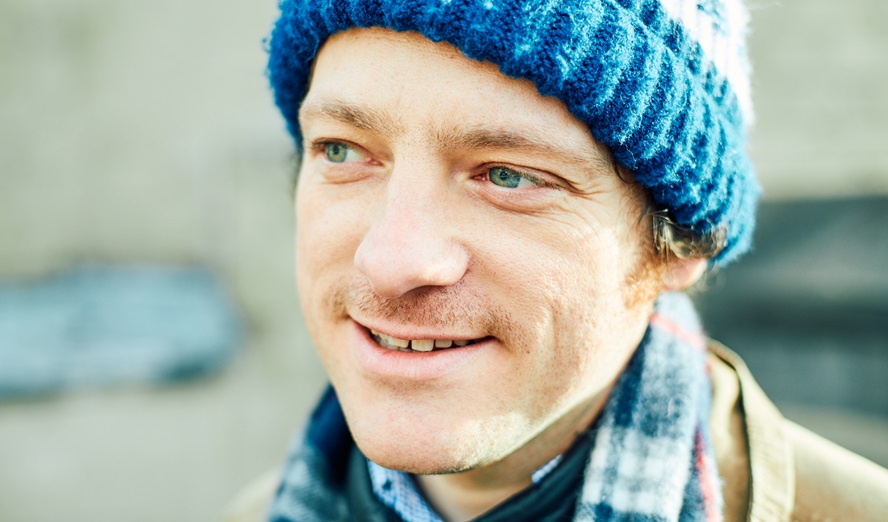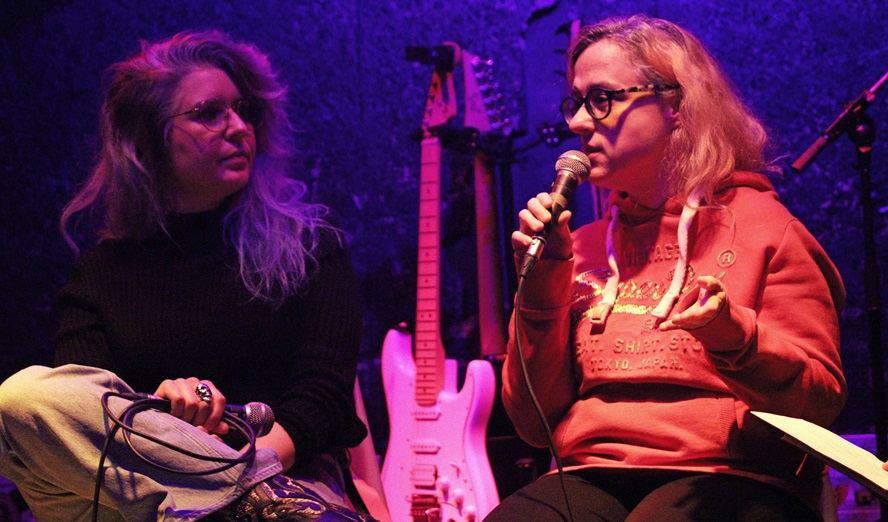The new Paavoharju album »Yön mustia kukkia« is released on Fonal Records on September 8, 2023, and it marks a return of the classic sound of the first two albums. Despite of coming out 18 years after the initial release, the sound is still as intense and raw in its way of expressing a kind of longing and a strong feeling of mortality and evanescence. Listening to Paavoharju’s music feels like sleeping and flowing through someone else’s dreams until you can’t distinguish who is who anymore. It’s as if someone placed a microphone in a richly cooked soup of memories, with many distinct and special ingredients. Layers upon layers of memories are assembled to form both an impenetrable and immersive landscape. An important inspiration for the new album was the discovery of 500 printed glass plates in an abandoned building in early winter of 2021. Many of the photos were already more or less destroyed. We talked to Lauri Ainala and other band members to uncover more about the story behind this new release.
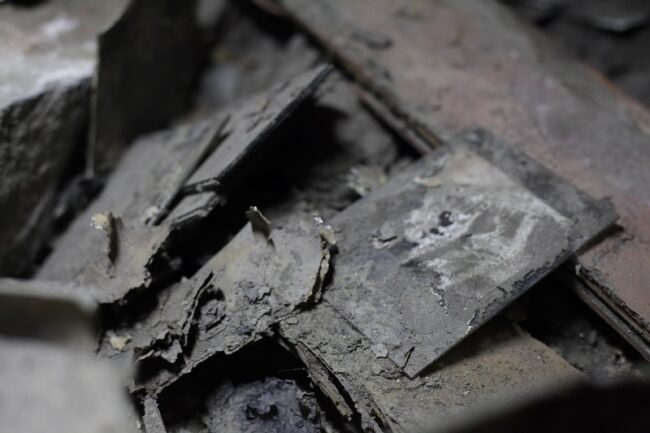
skug: It appears that the album is concluding a trilogy, with »Yhä hämärää« (2005) being the first installment and »Laulu laakson kukista« (2008) as the second. Your return to Fonal also strengthens this impression. Is that true?
Lauri Ainala: Yes, it is completely true. Many who have heard the new album have said that its atmosphere most resembles Paavoharju’s first album »Yhä hämärää«.
How was working on an authentic Paavoharju album after 15 years for you (as well as for the participating artists)? Did it feel like rediscovering old memories as well?
Lauri: I had already thought that there would never be any more Paavoharju albums. However, finding the glass negatives initiated a process that led to a rediscovery of the old creative spirit. The whole album thing started when we just had to create some music / sound art for an art exhibition, but it evolved into songs that resembled Paavoharju’s old production. I have been pleasantly surprised that making the album was so strangely meaningful after such a long time. Many old memories really came to the surface and gave also something new. It was great and nostalgic to make the album with old acquaintances (Johannes, Toni, Joose, and Jenni and Mimosa through archive recordings), but just as amazing was to notice how well all the new elements, like Anniina’s lyrics, Teemu’s violin playing, and Rautavaara’s and Olli Aarni’s production ideas, fit into place. Paavoharju’s album trilogy is finally ready!
Johannes (Ragnar Rock): The vibe is like during the making of »Maxi Ranskikset« and »Yhä Hämärää» albums. It feels like the band has returned to its roots. The process is enjoyable and creative with nice people.
Anniina: It was inspiring to see these images but also do lyrics and melodies to the tunes. I think this new album really has the echoes from the early albums.
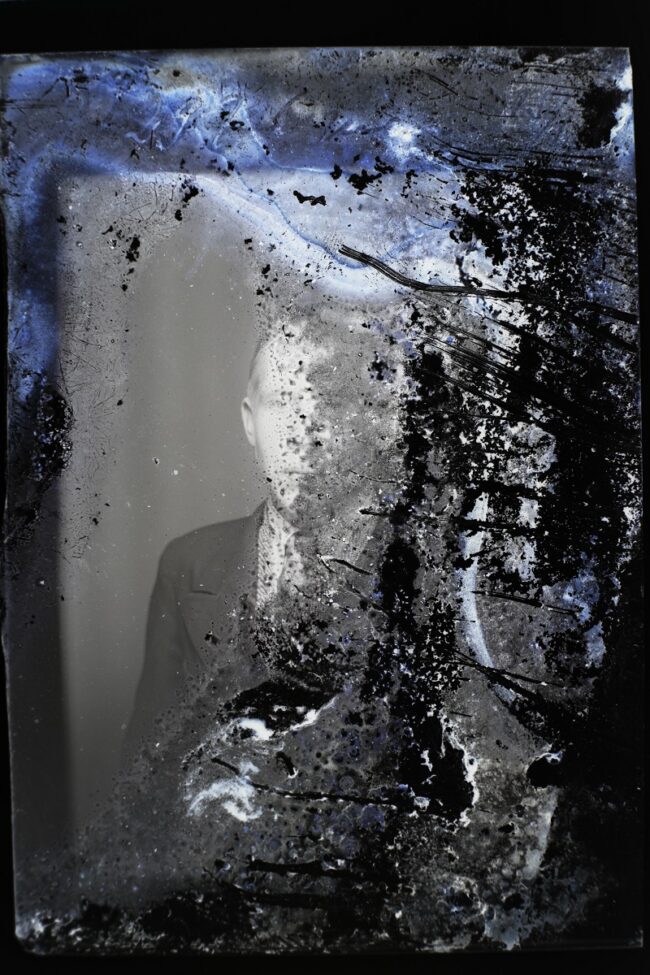
When you reflect on the time when you released your first album, how did you feel during the music recording process, and how has that changed up to now?
Lauri: The creation of the »sound collage« on my part has remained relatively similar, although nowadays the process is much more deliberate. Back in the »Yhä hämärää« times, the songs were largely born by chance. The biggest change has been with the vocals because Anniina is a skilled singer, and the recorded tracks almost always fit perfectly. When I recorded Jenni’s vocal tracks for »Yhä hämärää« we had to assemble them from short pieces using collage techniques. Anniina also wrote most of the lyrics for the new album. Previously, I wanted to do as much of the work as possible in that area myself.
Your daughter Leppä wrote the lyrics of the title track, which can be translated as »Black flowers of the night«. Could you share more about this? How did the two of you inspire each other during this collaboration?
Lauri: Leppä came up with the name »Yön mustia kukkia« suddenly one evening when she was going to bed. She just said it, and I immediately realized that it’s the perfect name for the album. Leppä is a very creative child and writes and draws a lot of different things. I told Leppä the next day that she can write the lyrics for the song if she wants. In no time, she had already written the lyrics and made a drawing related to the theme. Anniina only had to make minor changes and additions to Leppä’s lyrics; otherwise, they are on the album just as she wrote them.
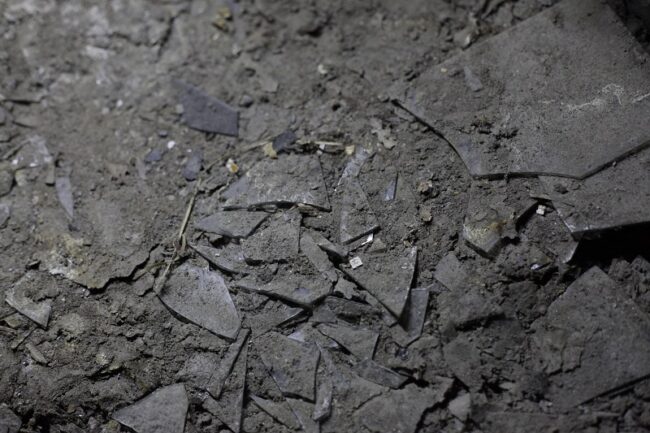
Do you listen or create music a lot with your kids?
Lauri: In a way, I do listen to a lot of music with them because I always listen to CDs when I’m driving. Right now, in the car, I have at least Burial, Tauski, Säästöpojat, Antarktis Utopia, Aihos and Riku Rinne albums. However, I can’t really say how much the kids enjoy that music. At least they are not enthusiastic about black metal. My older daughter is a teenager now and is constantly discovering »new« bands like Nirvana, Radiohead, and Gorillaz. She recently asked me about MF Doom. She’s really into listening to CDs, so I’ve also burned some albums for her to listen to. The girls do engage in musical activities at home by themselves, like playing keyboards or drums, but we haven’t really created any actual music pieces together. I do have a lot of their songs and babble recorded, though. The kids also have to listen to me singing nonsense songs every day, and of course they have had to listen to the »Yön mustia kukkia« album, both in its unfinished and finished form, a hell of a lot.
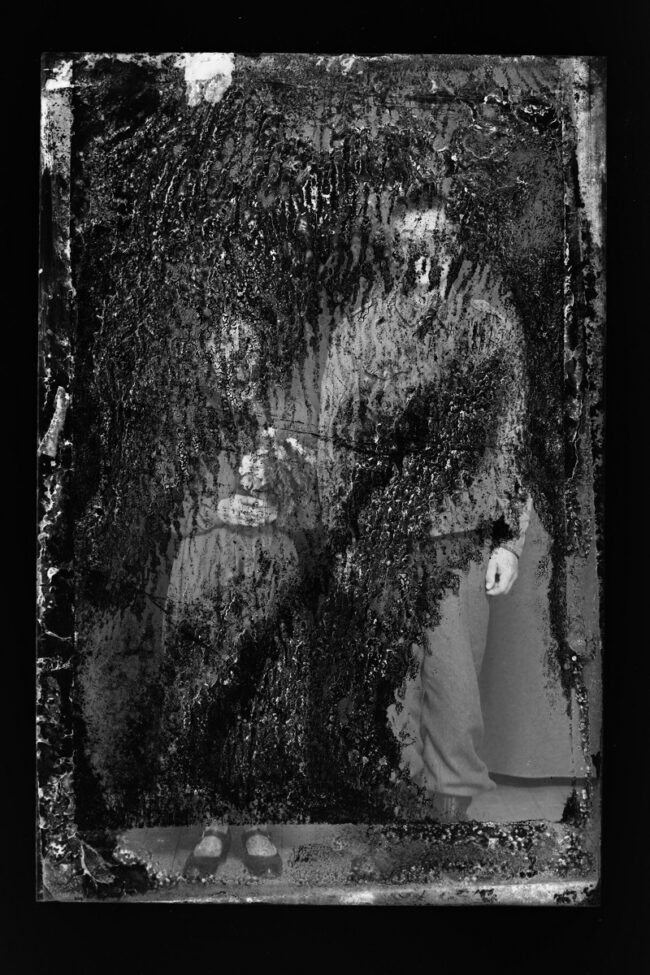
An important source of inspiration was the discovery of the glass plates. How did you go about translating these inspirations and ideas into music?
Lauri: Paavoharju’s world naturally blended with the atmospheres of old images. The glass negatives were found underneath an abandoned house, and some of them were literally buried in the ground. I wanted to dig up old sound archives and search for audio material buried under the dust of time. I did find it, Mimosa Virtanen’s singing, which had not been used in any previous recordings, as well as Jenni Yaber’s (formerly Koivistoinen) recitations of sensitive poems. I also transformed the glass negatives’ photographs into audio format and used the resulting noise as elements in some tracks. I wanted to include a lot of personal and emotional elements on the album, such as the voices of my children and my own parents. I believe a certain hint of sentimentality fits well with the moods conveyed by old photographs.
Anniina: I wrote stories about people whose pictures were found on the surfaces. Each song and story is told by someone in the photos, by their perspective. The images were almost like haunting spirits of loved ones left behind. I am interested in the concept of time and memories, and how the presence of other people changes in our minds while time passes by – the similarities with destroyed photographs or disappearing stories after waking up from a dream.
The way the pictures lose their clarity reminds me of William Basinski’s »Disintegration Loops«!
Lauri: True! When my wife Sini Kosonen digitized the photos, she noticed that the emulsion of some deteriorated negatives was starting to peel and curl in the warmth of the light table. She created animations of this process, which ultimately destroys the original negative. Deterioration and destruction also apply to the house under which we found the glass negatives. The house is gradually collapsing, and we have also photographed and filmed its decay as part of our project.
You draw a lot of inspiration from old and nearly forgotten things. How do you discover these objects and places, and what kind of impact do they have on you?
Lauri: My friends and I have had a long-standing habit of wandering aimlessly and squeezing ourselves into any possible abandoned places, even forcibly. Often, urban exploration enthusiasts simply visit these places, but for us, it has been important to form a more comprehensive relationship with them. We have stayed overnight, or even lived in abandoned buildings. Such activities certainly provide new thoughts and different perspectives on life, and of course, you also find all sorts of strange junk. For example, I have some unusual chemistry tools that I found in an abandoned house. That place no longer exists because it was demolished years ago.
We can observe this aspect in your two documentaries, »Unien Savonlinna« (2010) and »Tuote-akatemia Savonlinnassa 2010–2020« (2020). What makes the process of filming and showcasing your »life and adventures in the woods« thrilling for you?
Lauri: Originally, I was just capturing material as a memento for myself. Later, as the old, beautiful places started disappearing from Savonlinna, I decided that I wanted to share those memories. At that time, I also gathered all possible video material from my friends, and once again, I combined it all using collage techniques to create the film »Unien Savonlinna« (»Savonlinna of dreams«). It’s quite regrettable in hindsight that, for example, at Tuote (an abandoned dairy where we lived for one summer and autumn) I didn’t capture any video material at all. Back then, I didn’t have a camera to use. My approach to filming has perhaps become slightly more planned, but not by much. Even today, I end up filming very little, and most of the time, I leave the camera at home. I don’t have a smartphone, so if the camera isn’t with me, that’s it! I don’t like how social media turns life into some kind of banal performance. I still want to capture mainly for myself as a memento, and the material must be honest and authentic. Art, music, and movies bring meaning to life and motivation to do all sorts of things. I hope that my own work can inspire others to do different things in their lives and come up with something new. It’s fun if people get the impression from my films that they were shot in the forest. Perhaps even the center of Savonlinna might look like a forest to an outsider!
Your films slightly remind me of the documentary »Garage People« (2021) by Natalija Yefimkina. It portraits small garages in the Russian north that people use as refuge to create art and realize their unique projects. Do you see the connection?
Lauri: Yes, indeed! The self-initiated DIY spirit is very similar in both cases. It’s all about freedom! Many moments in the »Garage People« movie remind me of a good friend of mine, known by the pseudonym Kaitsu. He also lived in a garage / metal workshop and drank a lot of booze. With him, we built several great saunas, one of which can be seen in this video.
The artwork of Paavoharju is an integral part of the project. What is your stand on the visual art in general? What makes it special for you?
Lauri: I want Paavoharju’s albums to be comprehensive works of art, both in terms of music and album art (and videos of course). The artwork for the album »Yön mustia kukkia« was created by Sini Kosonen and is based entirely on details from the glass negatives we found. The album is a parallel project to our extensive interdisciplinary exhibition called »Solmu ajassa« (»Knot in Time«). In addition to myself, the exhibition team includes visual artists Sini Kosonen and Ville Erkki Tarke, as well as photographer and sound artist Juho Liukkonen. The exhibition opening and release concert for »Yön mustia kukkiaq« will take place during the same weekend in September here in Savonlinna (the exhibition opening on Friday, September 15 at Riihisaari – museum of Savonlinna, and the album release concert at House of Olaf on Saturday, September 16). So, this particular weekend will be a holistic experience of Savonlinna and Paavoharju!
Are you considering performing shows outside of your local area as well?
Lauri: No. Paavoharju will play only that one show.
